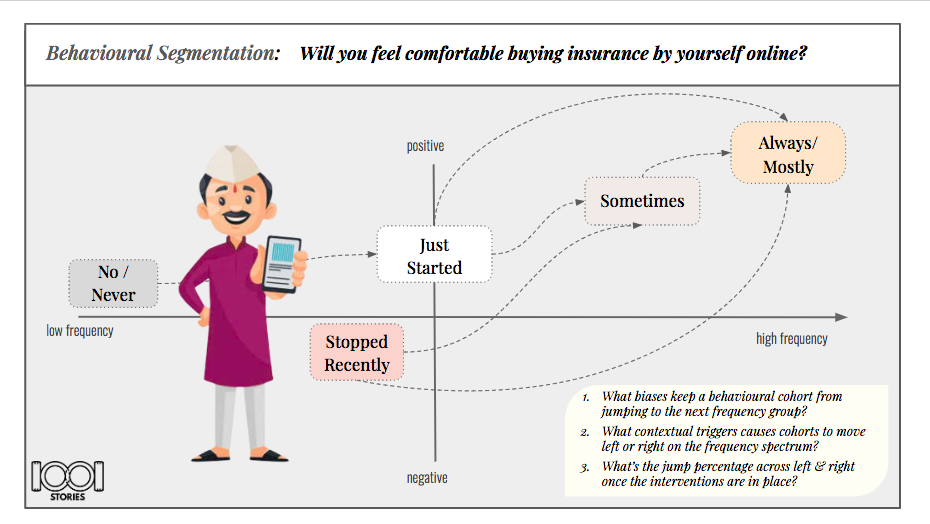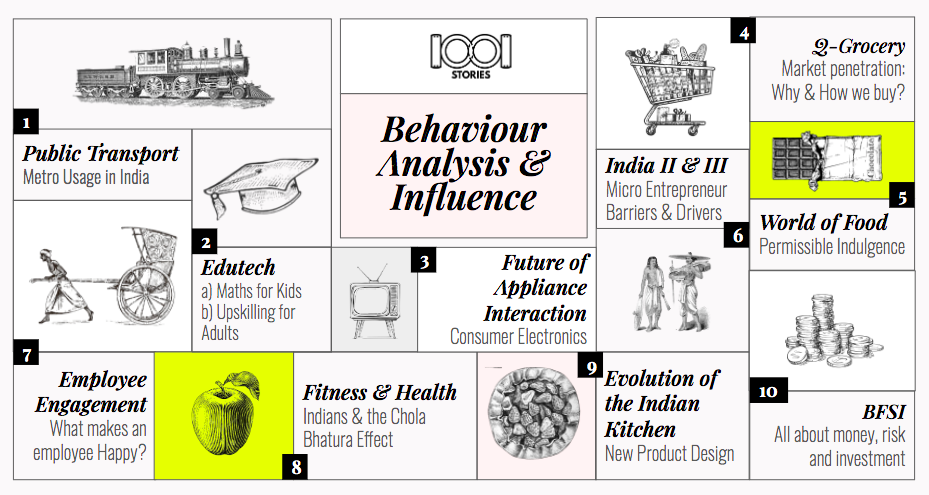We were recently working on contextualising Indian Sexuality – which is how we discovered the desi erotica revolution. Yep, ‘Gandi Baat’ ain’t just a song, but also an OTT web series now.
As it mostly happens with India, you begin in the beginning.
This was no different.
If we go sufficiently back in time, we will end up with the story of Lord Kamadeva himself – the god of lust, love and desires. The god who made the heavens worth living for. The god who was so powerful that he could even sway the greatest of them all, Shiva from his deep meditation. An angry Shiva punished him by opening his 3rd eye, burning him to ashes, but had to give in to Rati who would not leave without the promise of Kamdeva being brought back to life.
Then there are the books of Vatsyayana and Pandit Koknath Shastri – Kamasutra & Kokshastra, detailed treatise on the art of love making, with the crazy asanas/mudras/positions (which hollywood folks love to giggle at, try and then share) and the ‘scientific’ classification of men and women into types, leaving engineering hostel boys chuckling even in their 40s with words like Hastini – the Elephant woman, Ashwini for the Horse woman and Shastra the Hare-man, Vrishabha or the Bull-man, and Ashwa or the Horse-man.

Somewhere down the line a new morality came into effect.
Homosexuality was now abnormal, illegal.
The land of Khajuraho, Virupaksha, Ajanta and Ellora now had to make do with two roses coming together in the silver screen.
That was the best mainstream bollywood cinema was willing to offer to the desi for the entirety of the 20th Century.
Yet, it was not all zero.
Raju, the boy selling peanuts in the 36 hours long train journey also had a hidden section where he stored ‘Mastram ki Kahaniya’ and those who were bold, could ask for it.
Or Raju could read your eyes and let you ‘know’, making it easy for you to buy without exchanging a single word.
Then in the 2000s, the internet brought videos shot with high camera quality in the VCD player of the desi. But there was a big big problem. It was all firangi, from Amrika.
The language was not relatable, the body was not believable.
Which brings us to the hyper growth of the OTT platforms in India.
The pandemic turned into a catalyst; unclear laws and lack of censorships meant the desi could now move beyond the 2D Savita Bhabi comics to watching Kavita Bhabi on the phone, away from the discomfort of the TV in the drawing room where the entire family watches content together.
India finally has Desi erotica.
Balaji on the TV, for the family.
Alt Balaji on the phone, just for you
The Americans were shocked when the Kinsey Reports, two scholarly books, Sexual Behavior in the Human Male and and Sexual Behavior in the Human Female came out in 1948 and 1953.
India hasn’t yet had our version of the Kinsey Reports.
Maybe it is time we get one of our own?
Meanwhile, here’s a look into India’s relation with relationship.
Please wait while flipbook is loading. For more related info, FAQs and issues please refer to DearFlip WordPress Flipbook Plugin Help documentation.


